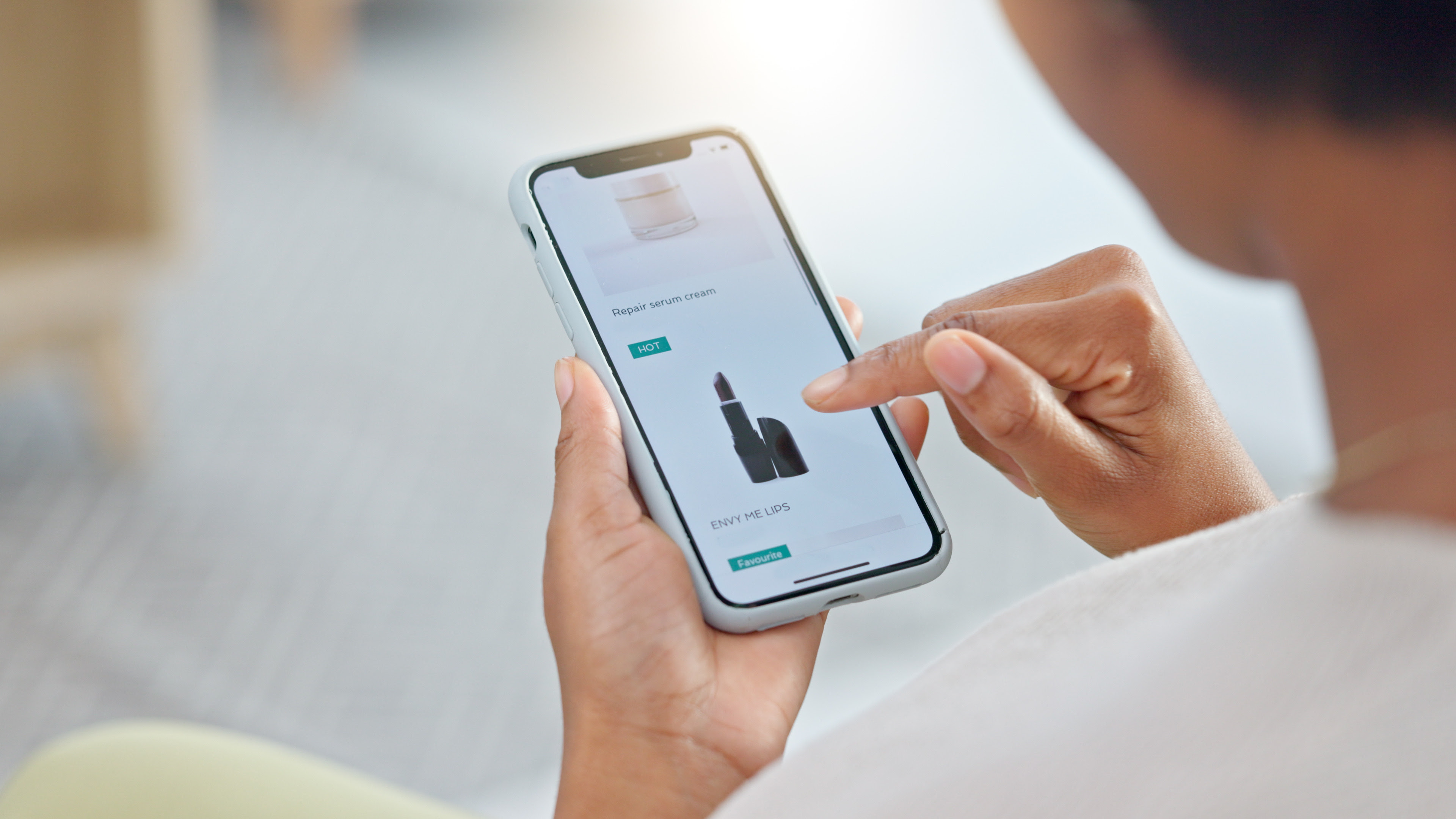Seawater Antenna Developed
The Navy's SPAWAR (SPAace and Naval WARfare Systems Command) Systems Center in San Diego has developed a way to use a stream of sea water as an antenna. While the concept sounds obvious—sea water is conductive (to some extent) and thus should be able to take the place of the vertical radiating element in an antenna—the method for coupling the antenna to the radio isn't as obvious. There is no way to place an "insulator" at the base of the antenna because the stream of water will be connected to the ocean.
Video on the SPAWAR Technology Transfer web site shows the antenna being used to receive a National Weather Service station on 162.4 MHz, and also an engineer using it to make a ham radio contact. The video also shows the toroid used to couple magnetic energy into the sea water stream.
Based on the height of the water columns mentioned in the video, it appears that SPAWAR used a half-wave stream of water for the demo. The antenna is capable of transmitting and receiving on frequencies between 2 and 400 MHz
The SPAWAR Website notes:
"The antenna needs of a typical Navy vessel with 80 metallic antennas could theoretically be replaced with only 10 Sea Water Antennas of varying heights and streams to cover the same frequencies. The technology could potentially be used on land with salt-supplemented water, replacing large unsightly antenna towers with fountains. Another use could be as a solar- or battery-powered emergency antenna system for watercraft."
The technology, however, does appear to have some limitations. A commenter on one of the Web sites carrying the SPAWAR news questioned what happens to the sea water antenna in a strong wind.
The professional video industry's #1 source for news, trends and product and tech information. Sign up below.

Doug Lung is one of America's foremost authorities on broadcast RF technology. As vice president of Broadcast Technology for NBCUniversal Local, H. Douglas Lung leads NBC and Telemundo-owned stations’ RF and transmission affairs, including microwave, radars, satellite uplinks, and FCC technical filings. Beginning his career in 1976 at KSCI in Los Angeles, Lung has nearly 50 years of experience in broadcast television engineering. Beginning in 1985, he led the engineering department for what was to become the Telemundo network and station group, assisting in the design, construction and installation of the company’s broadcast and cable facilities. Other projects include work on the launch of Hawaii’s first UHF TV station, the rollout and testing of the ATSC mobile-handheld standard, and software development related to the incentive auction TV spectrum repack. A longtime columnist for TV Technology, Doug is also a regular contributor to IEEE Broadcast Technology. He is the recipient of the 2023 NAB Television Engineering Award. He also received a Tech Leadership Award from TV Tech publisher Future plc in 2021 and is a member of the IEEE Broadcast Technology Society and the Society of Broadcast Engineers.
